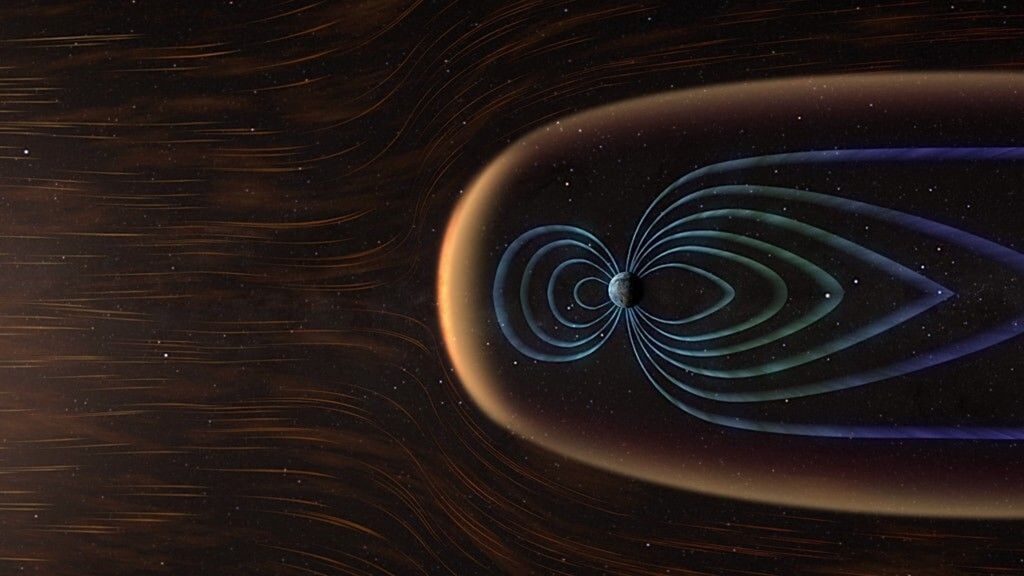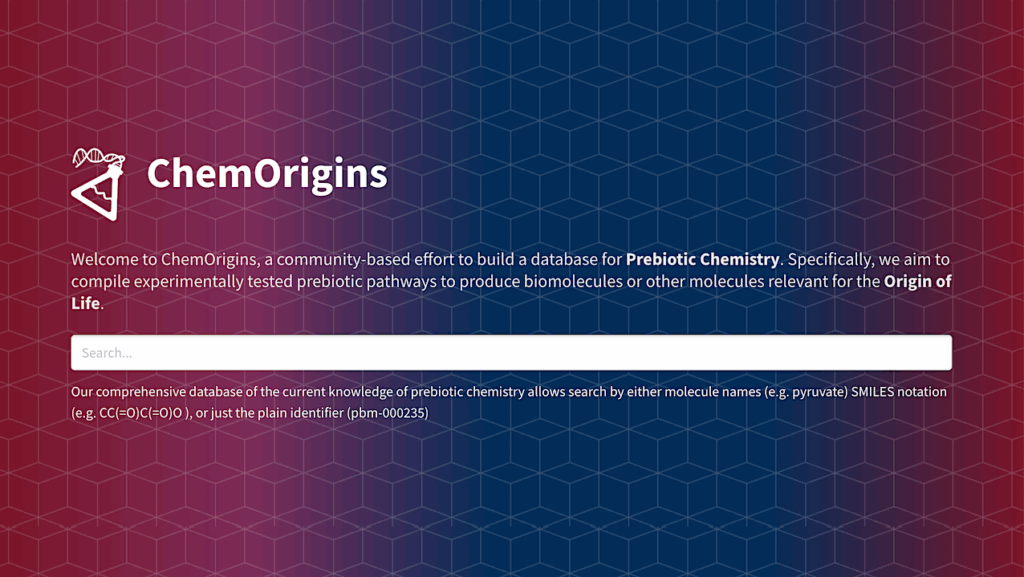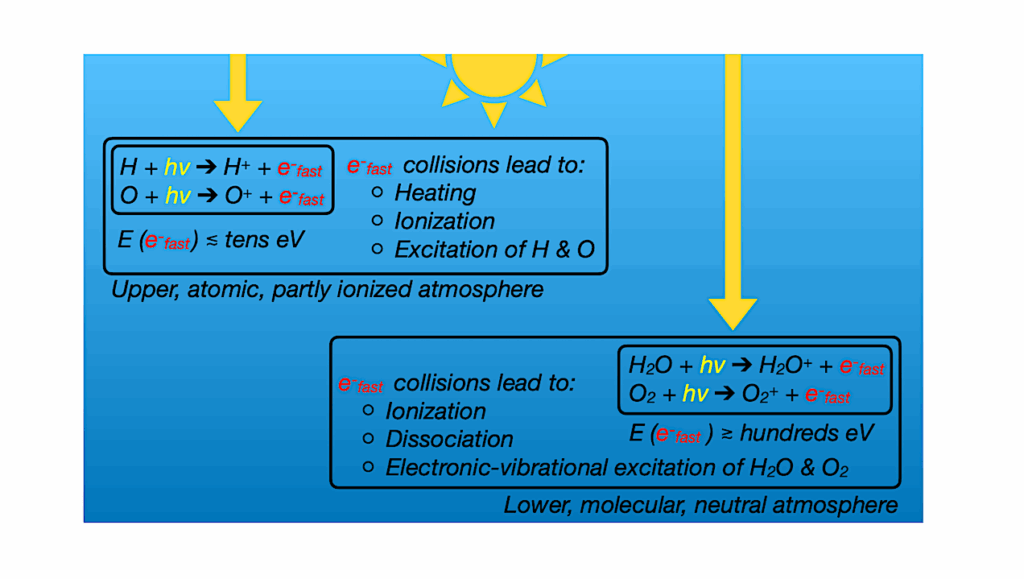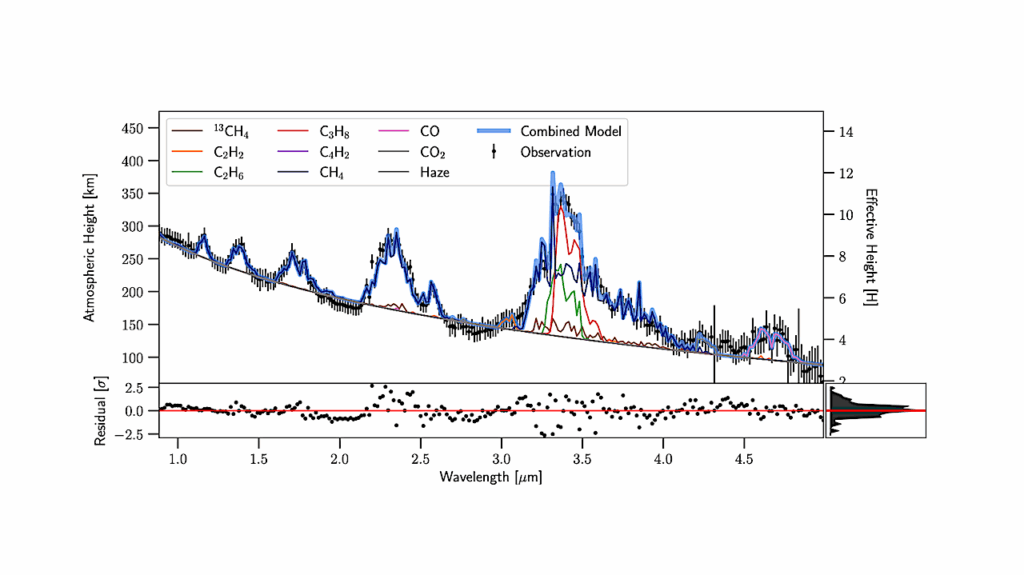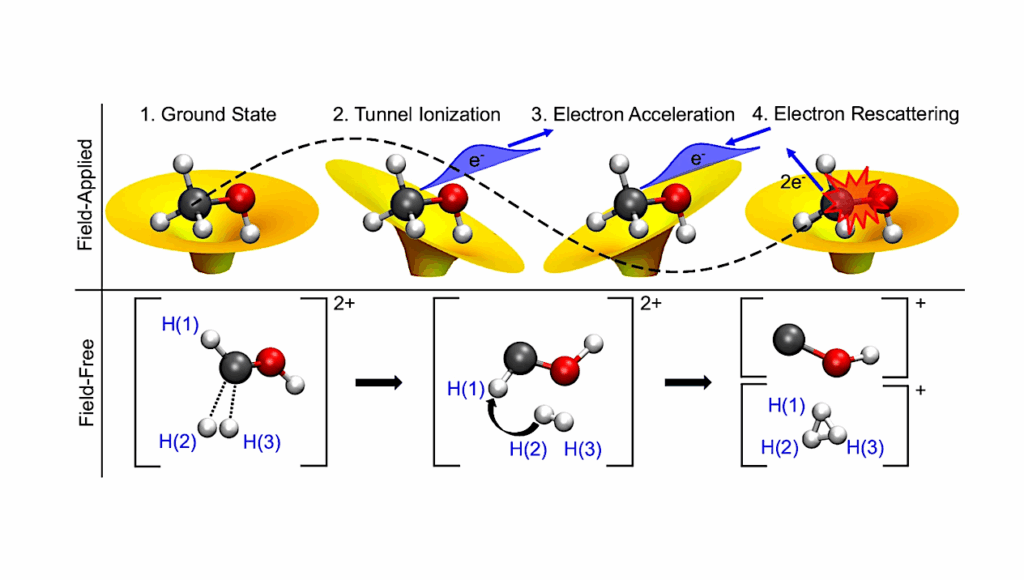Exploring The Formation Pathways Of Formamide Near Young O-type Stars

Context. As a building block for amino acids, formamide (NH2CHO) is an important molecule in astrobiology and astrochemistry, but its formation path in the interstellar medium is not understood well.
Aims. We aim to find empirical evidence to support the chemical relationships of formamide to HNCO and H2CO.
Methods. We examine high angular resolution (~0.2″) Atacama Large Millimeter/submillimeter Array (ALMA) maps of six sources in three high-mass star-forming regions and compare the spatial extent, integrated emission peak position, and velocity structure of HNCO and H2CO line emission with that of NH2CHO by using moment maps. Through spectral modeling, we compare the abundances of these three species.
Results. In these sources, the emission peak separation and velocity dispersion of formamide emission is most often similar to HNCO emission, while the velocity structure is generally just as similar to H2CO and HNCO (within errors). From the spectral modeling, we see that the abundances between all three of our focus species are correlated, and the relationship between NH2CHO and HNCO reproduces the previously demonstrated abundance relationship.
Conclusions. In this first interferometric study, which compares two potential parent species to NH2CHO, we find that all moment maps for HNCO are more similar to NH2CHO than H2CO in one of our six sources (G24 A1). For the other five sources, the relationship between NH2CHO, HNCO, and H2CO is unclear as the different moment maps for each source are not consistently more similar to one species as opposed to the other.
Veronica Allen (1, 2, 3), Floris F. S. van der Tak (2 and 3), Ana López-Sepulcre (4 and 5), Álvaro Sánchez-Monge (6), Victor Rivilla (7), Ricardo Cesaroni (7). ((1) NASA Goddard Space Flight Center, (2) Kapteyn Astronomical Institute, (3) SRON Groningen, (4) CNRS, IPAG, Univ. Grenoble Alpes, (5) IRAM, (6) I. Physikalisches Institut, Universitat zu Koln, and (7) INAF, Osservatorio Astrofisico di Arcetri)
(Submitted on 27 Dec 2019)
Comments: Main text: 15 pages, 17 figures, 10 tables. Appendix: 21 pages, 28 figures
Subjects: Solar and Stellar Astrophysics (astro-ph.SR); Astrophysics of Galaxies (astro-ph.GA)
Cite as: arXiv:1912.12347 [astro-ph.SR] (or arXiv:1912.12347v1 [astro-ph.SR] for this version)
Submission history
From: Veronica Allen
[v1] Fri, 27 Dec 2019 21:37:17 UTC (3,649 KB)
https://arxiv.org/abs/1912.12347
Astrobiology, Astrochemistry


